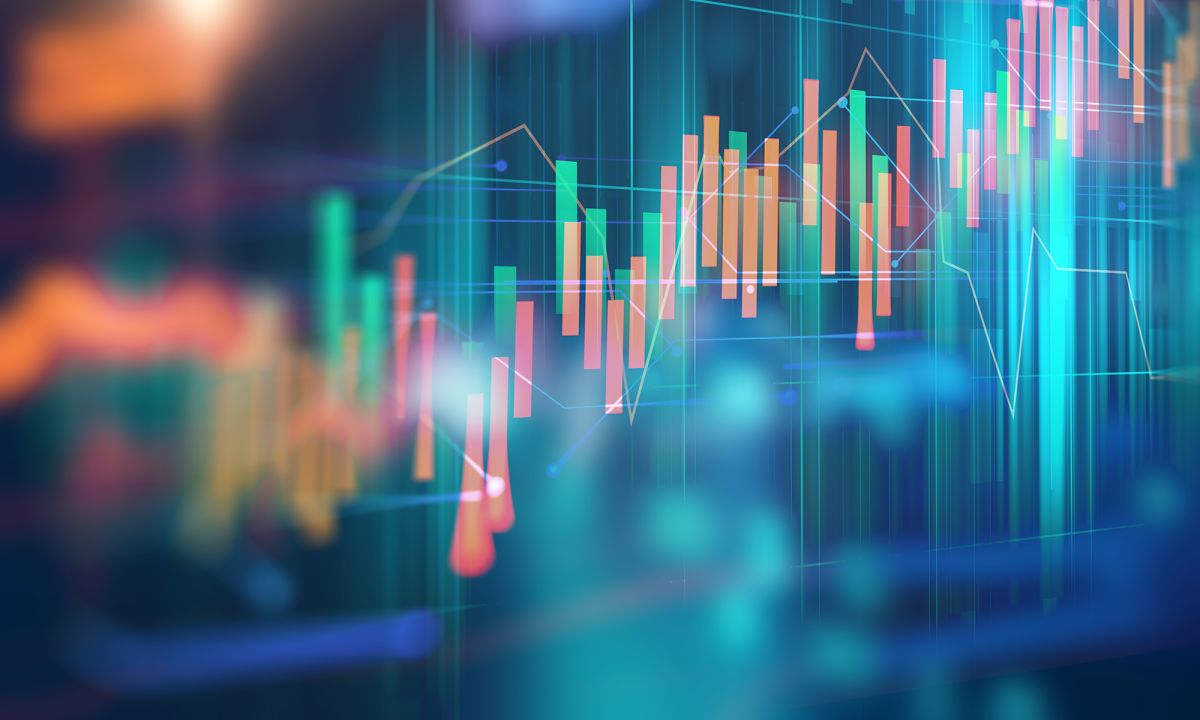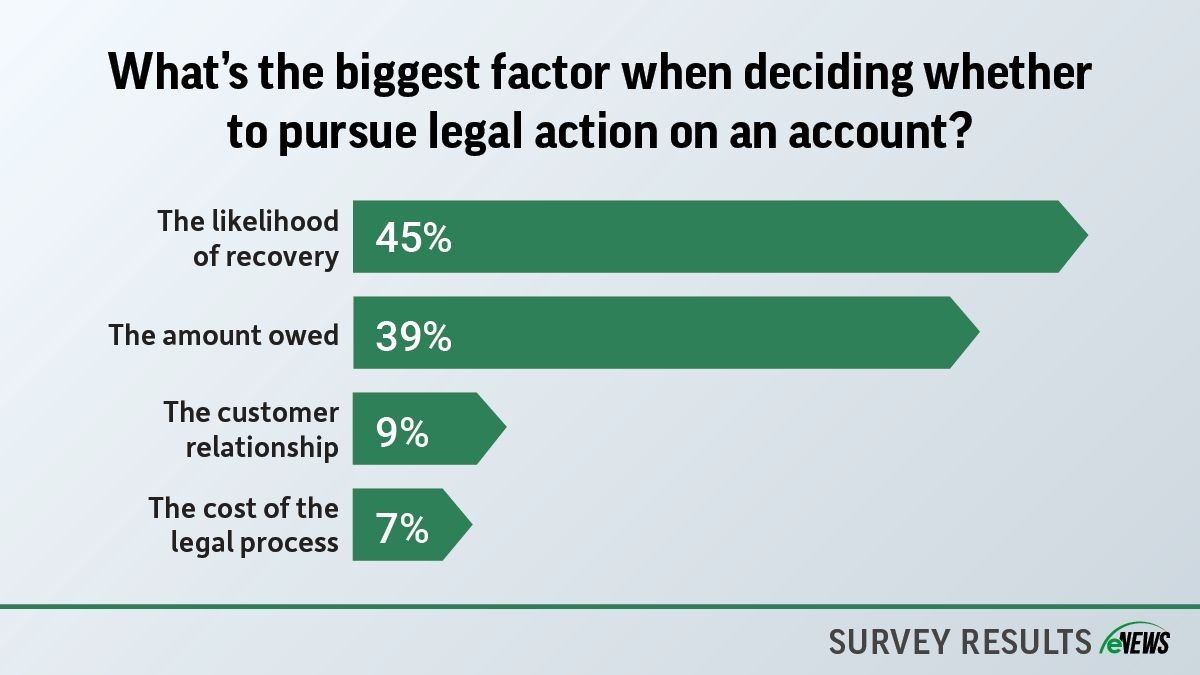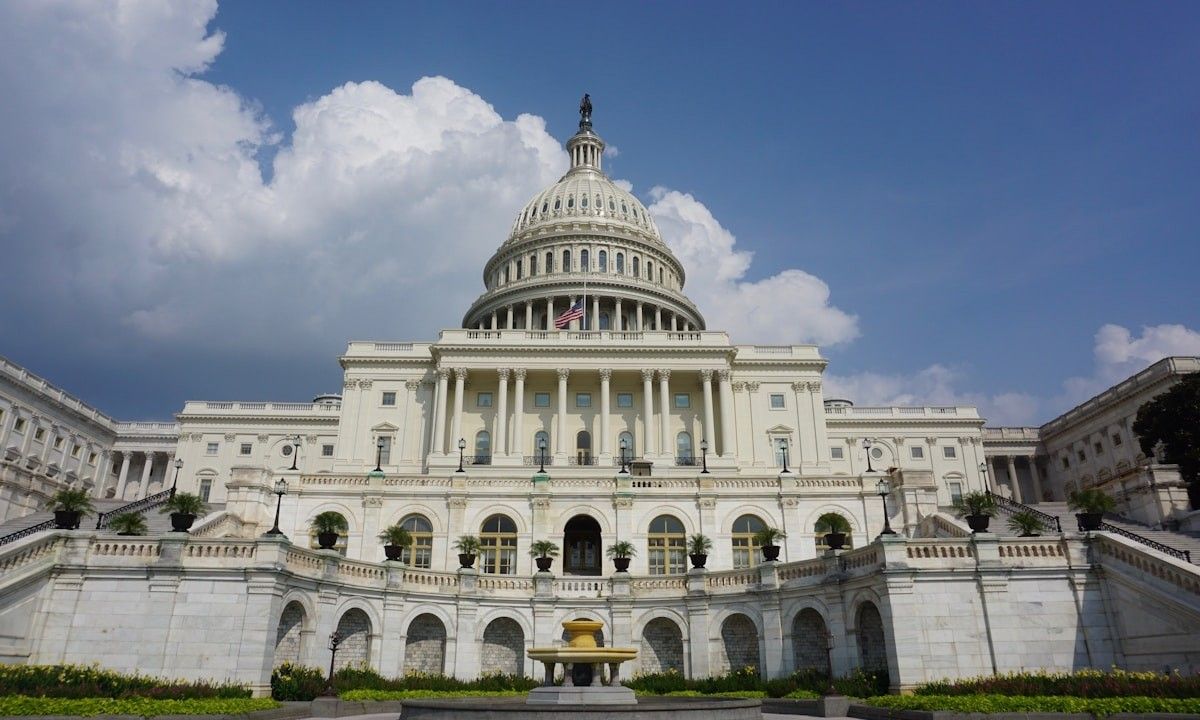Economy, eNews
Here’s What Five Key Recession Indicators Show

All eyes are on the economy as business leaders wait to see if the Federal Reserve will push the U.S. into a recession or pull off a soft landing. Opinions about the outcome are somewhat mixed—Oxford Economics predicts a “mild recession” come 2023; Goldman Sachs says the U.S. remains on a “narrow path” to a soft landing; and TD Securities puts the chance of a recession at 50% in the next 18 months.
“Some economists think there isn’t going to be a recession but few of them say it’s going to be a terrible one,” said NACM Economist Amy Crews Cutts, Ph.D., CBE. “The more difficult question to answer is what a post-pandemic recession will look like.”
As a general rule, a recession is defined as two consecutive quarters of decline in gross domestic product (GDP)—and the U.S. economy hit the mark by contracting in the first six months of 2022. The yield curve, another indicator that has preceded nearly every financial crisis, is at its steepest inversion since 2000. The yield on the two-year Treasury bond pushed further past the 30-year yield last week. But the National Bureau of Economic Research (NBER) traditionally makes the final call of a recession.
“I certainly don’t think that some of the traditional recession indicators will hold as much weight as in the past,” Cutts explained. Here’s what five popular indicators are signaling:
Consumer Price Index (CPI)
Rising inflation can increase the likelihood of a recession, and prices remain near a record high. The latest CPI reading came in at 8.3% in August year over year, slightly down from the month prior. But strip away volatile food and energy prices, and core inflation rose 0.6% from July to August.
“Many firms had to raise prices because their costs have gone up and some companies are buying maybe a higher dollar amount but fewer units because of those higher prices,” Cutts said.
Credit Managers’ Index (CMI)
The CMI was one of the first indices to flash warning signs prior to the Great Recession. The August CMI reading is at 55.0, still five points above contraction territory, but has been on a steady decline. The monthly survey asks participants to rate factors in their monthly business cycle—such as sales, accounts placed for collection and dollar amount beyond terms.
“For me, dollar amount beyond terms and delinquencies are the biggest recession indicators within the CMI,” Cutts said. “30 days beyond terms is your canary in your coal mine situations, but 60-90 days become a bigger deal. Some survey respondents have indicated that they are starting to have some trouble getting paid by customers who were good at paying in the past. The sales category in the CMI is another to watch as customers cut back on orders.”
Unemployment
Economists often look to the unemployment rate as a sign of economic distress. The current labor market remains strong, but is a lagging indicator, Cutts said. “Several of my economist friends are scratching their heads because the labor market is so tight right now with the number of openings far exceeding the number of unemployed people. The labor market is strong, so will we have layoffs like we normally have during an economic crisis or will openings just go unfilled?”
The U.S. unemployment rate is at 3.7%, with roughly 372,000 jobs added back in June. “Women are finally coming back into the labor market,” Cutts said. “The majority of women were employed in the service industries but due to the pandemic, many were taken out as caregivers.”
Housing Market
The housing market, however, is showing significant stress in the U.S. economy. 30-year mortgage rates passed 6% last week for the first time since 2008, according to the Mortgage Bankers Association. Builder confidence declined for the ninth straight month in September, falling to its lowest level since 2014 with the exception of Spring 2020, according to the National Association of Home Builders.
“When the economy gets overheated, the [Federal Reserve] starts to raise interest rates,” Cutts said. “High interest rates negatively affect commercial construction and we’re seeing it in the numbers for both home and non-residential.”
Supply Chains
The supply chain is a fairly new factor to watch as we teeter an economic downturn. “The problem is supply keeps getting hit with various shocks,” Cutts said. Supply chain backlogs play a major role in bolstering inflation. As the Federal Reserve aggressively raises interest rates to combat inflation, it does not have the ability to relieve supply chain congestion.
Supply chains also change customer buying patterns. “It’s one thing that a company did double orders a few months ago but when companies may do more just-in-time ordering, they are worried that sales on their end are going to diminish,” Cutts said.
Did you enjoy this article? You may also like:
Q&A with Economist Amy Crews Cutts Highlights Recession Risk
Tips for Managing Credit Before and During a Recession
Episode #23: Manufacturing Sector Indicates Recession Conditions




